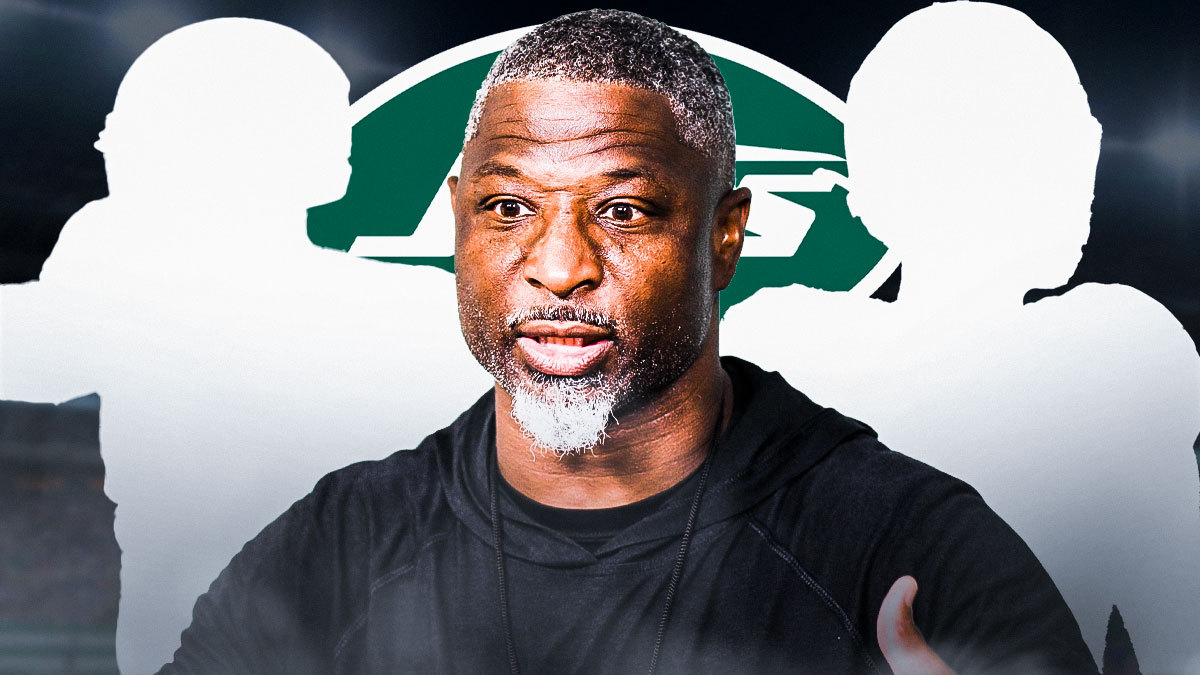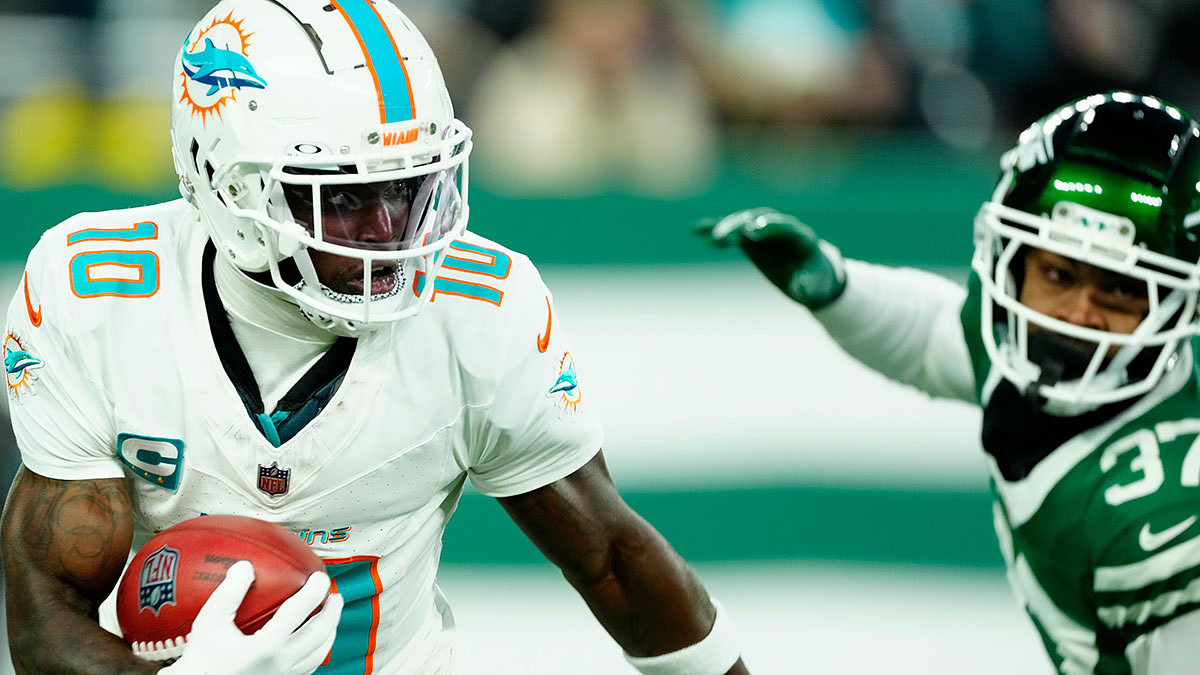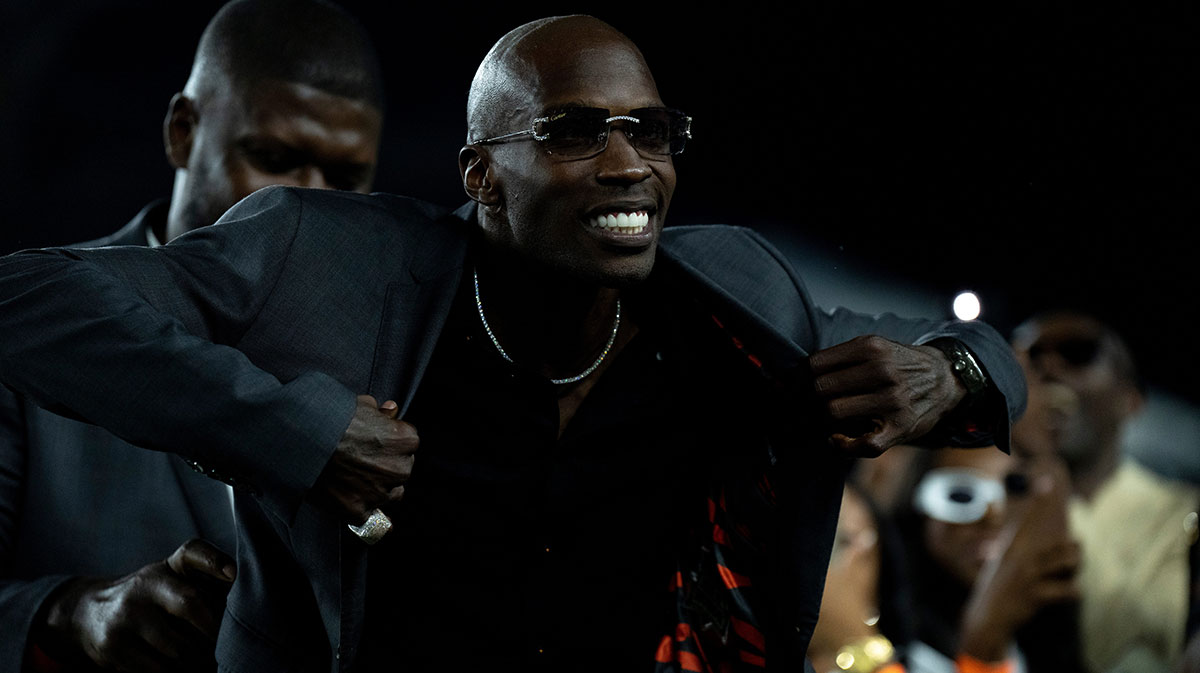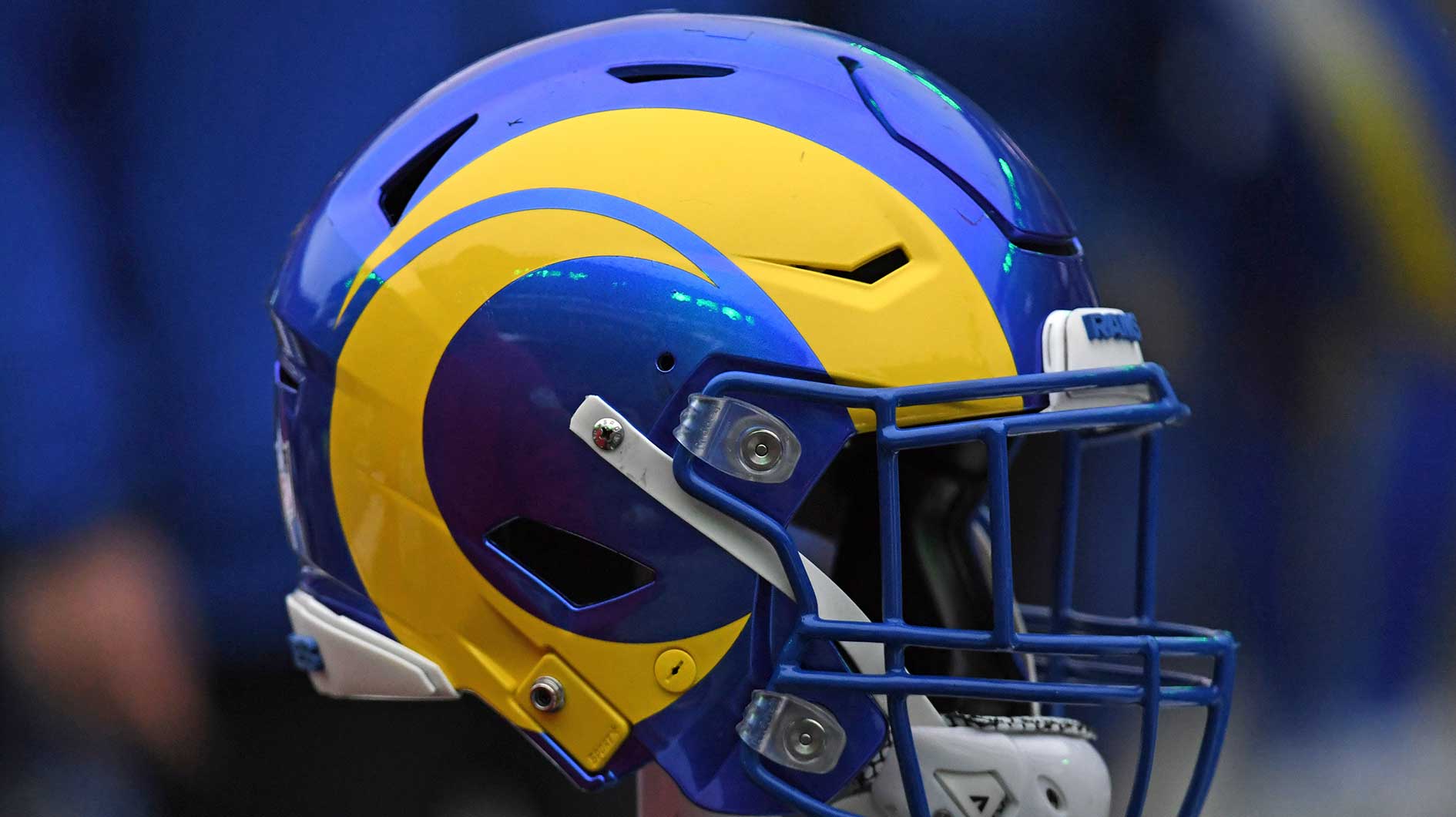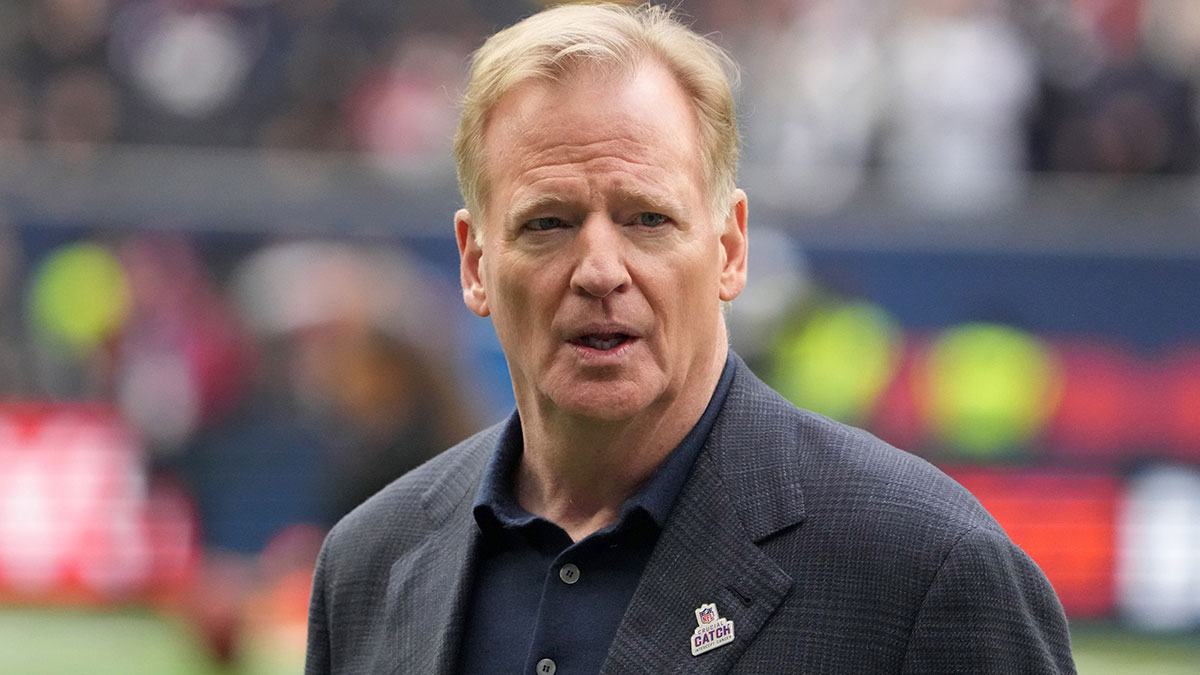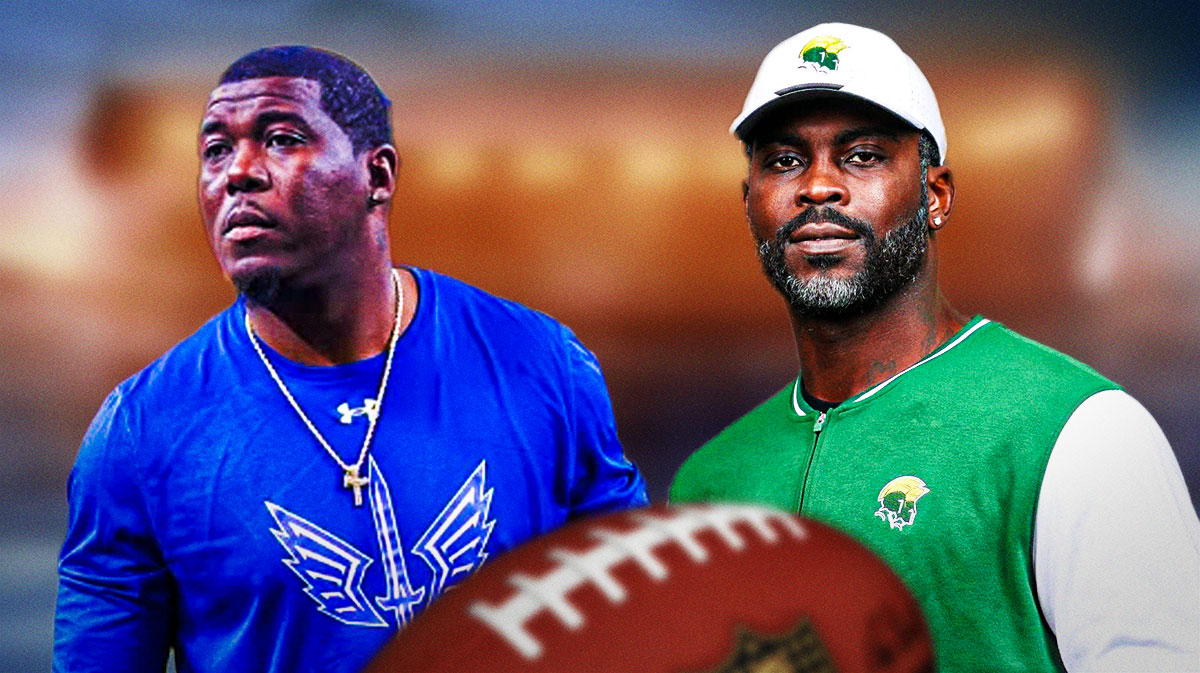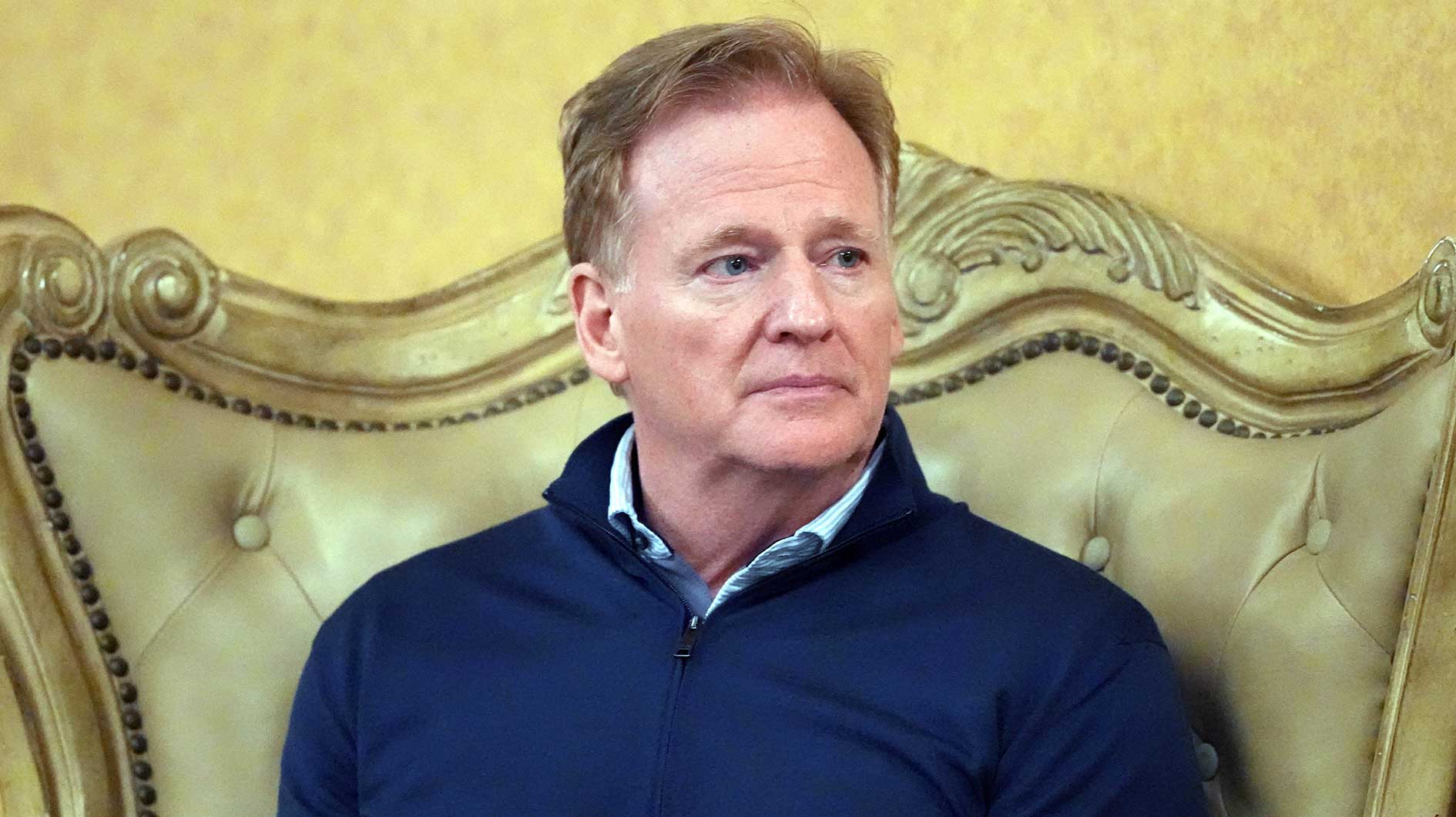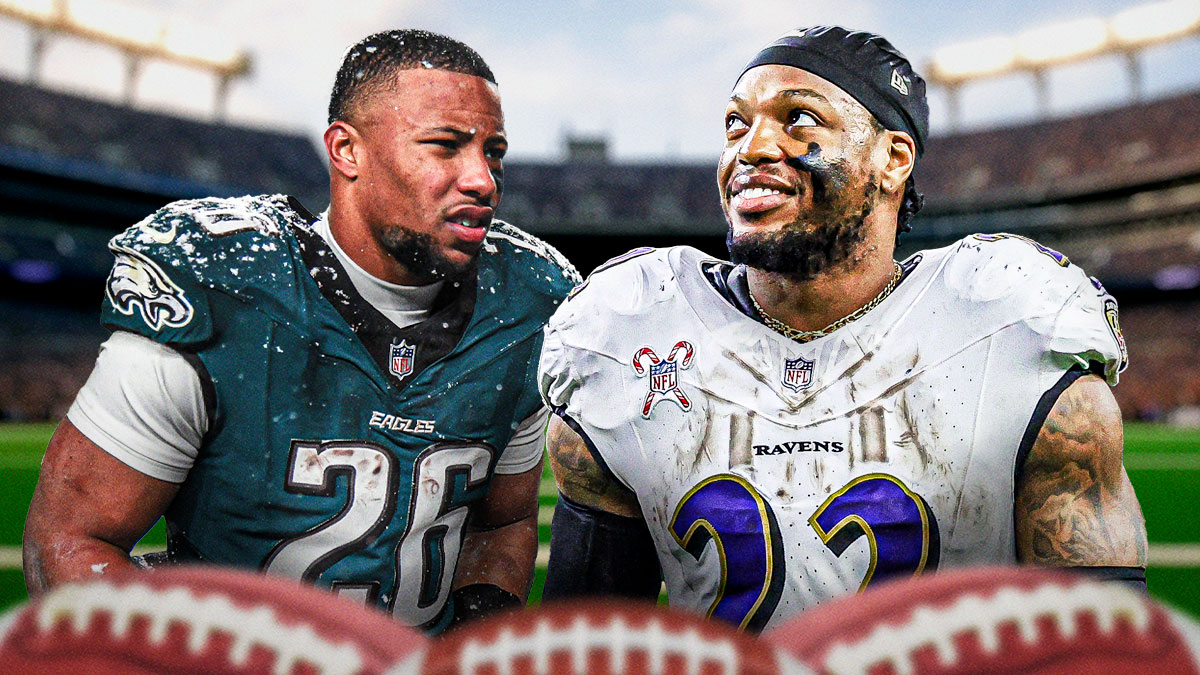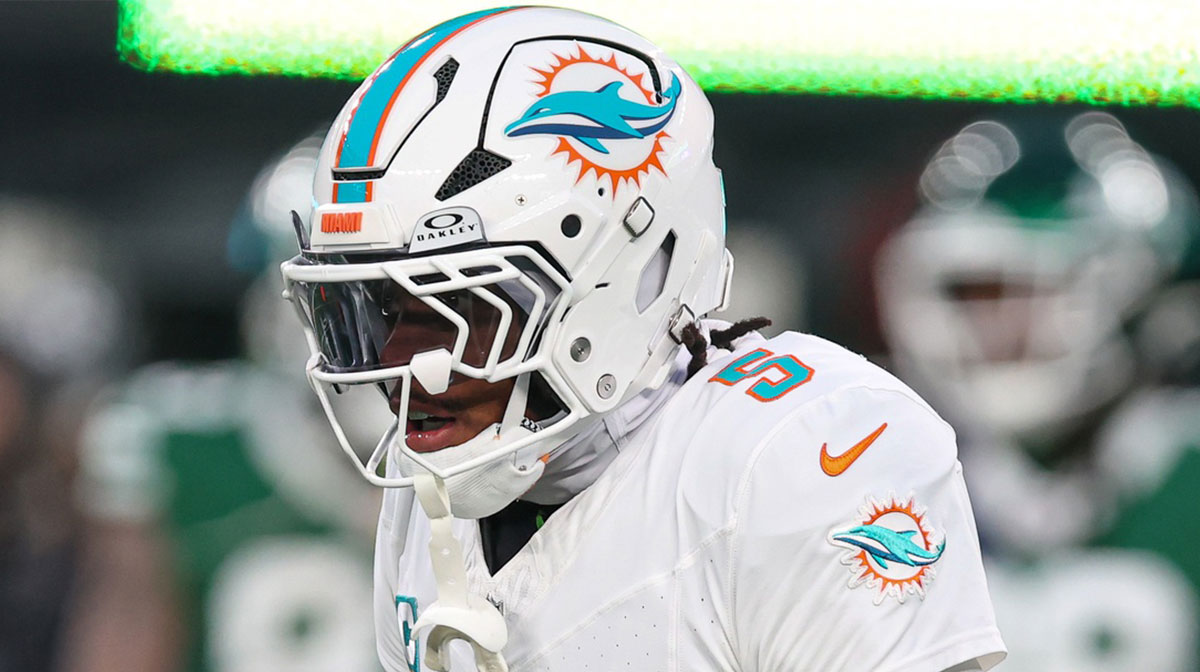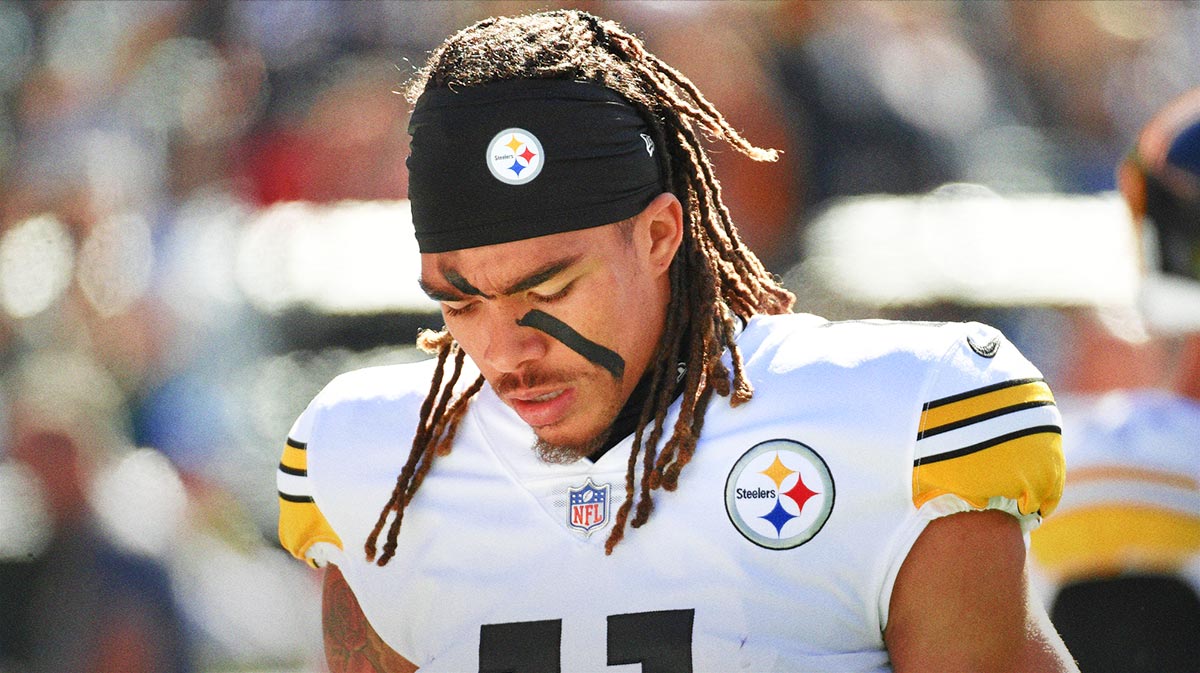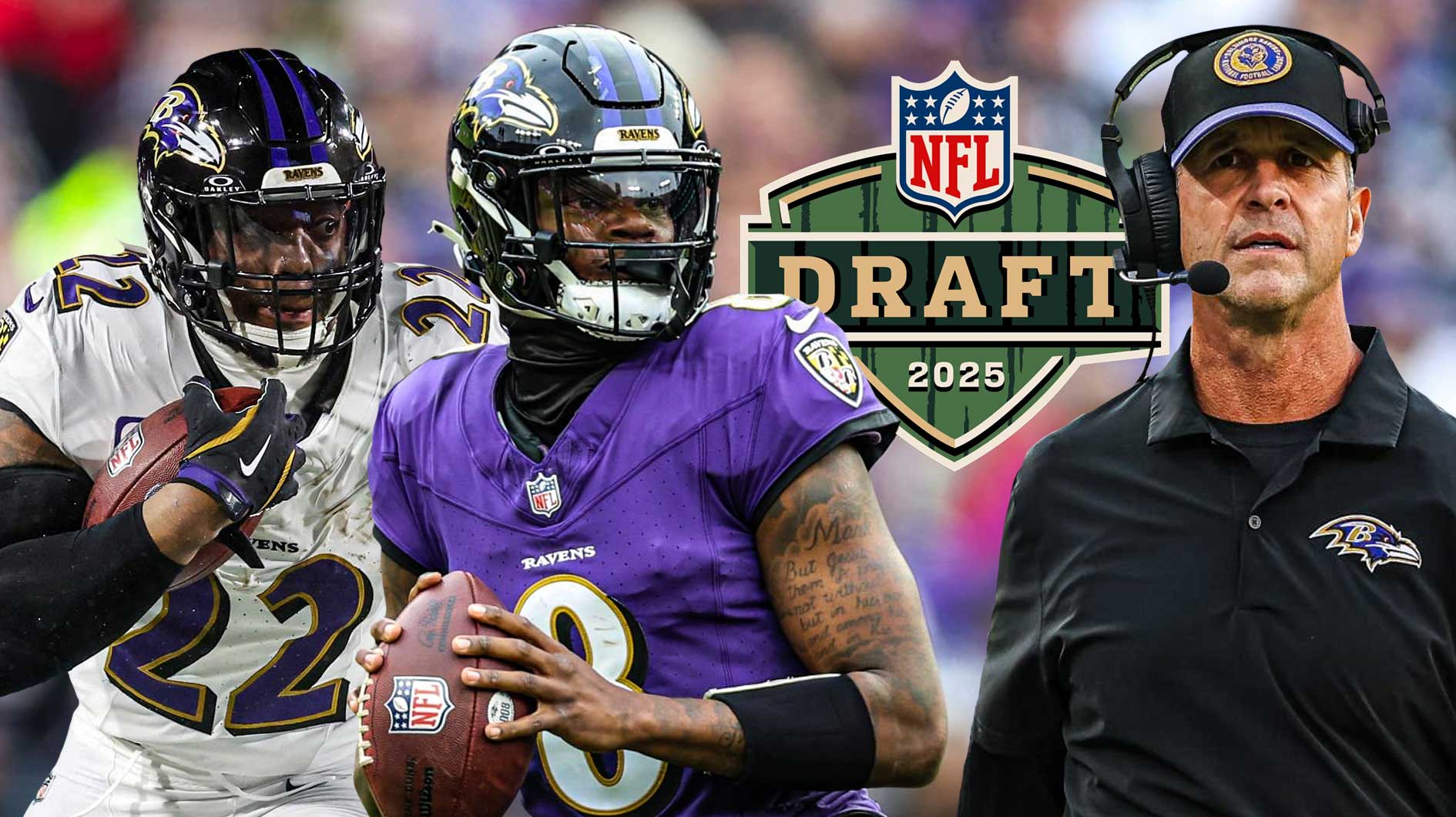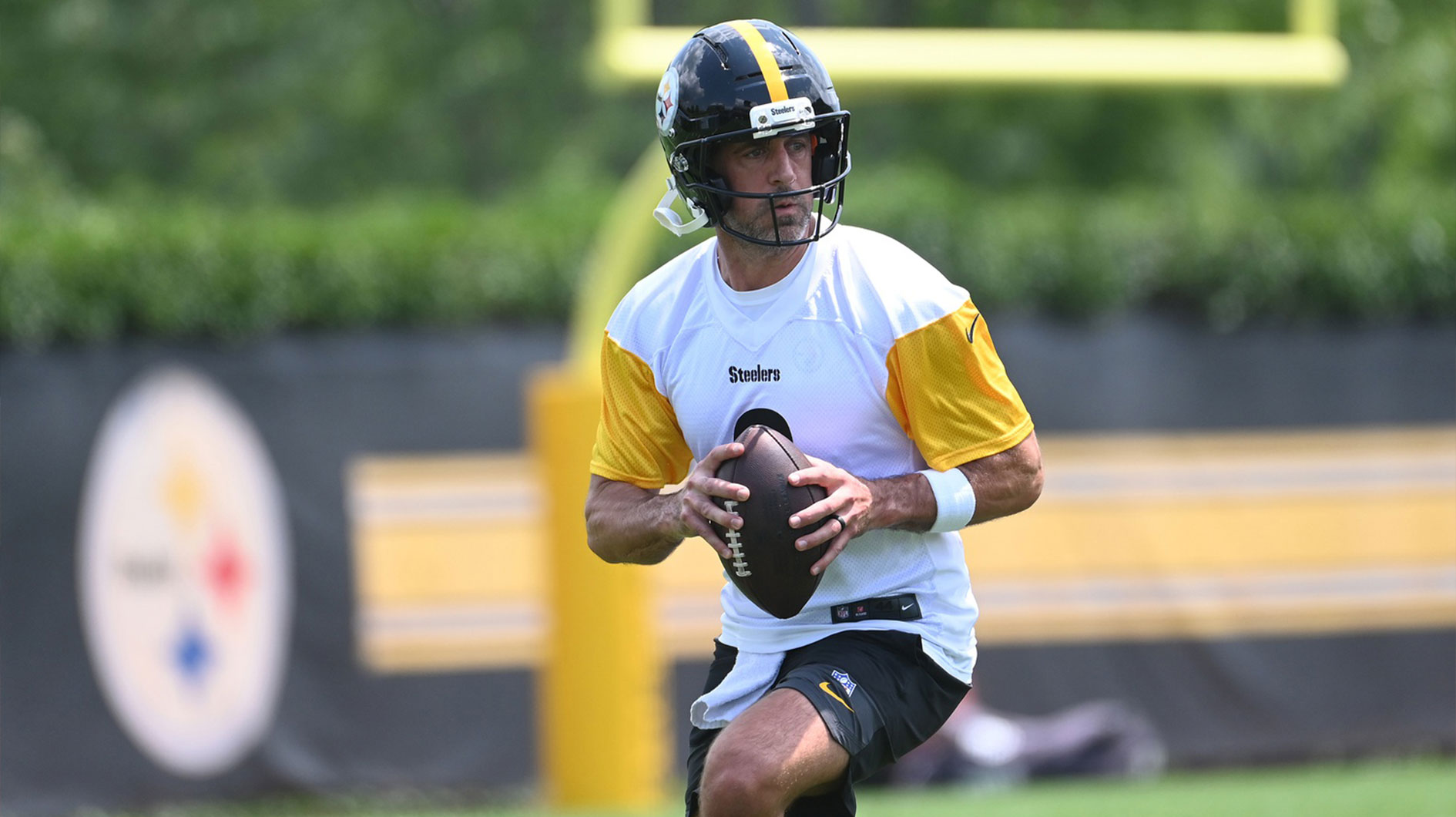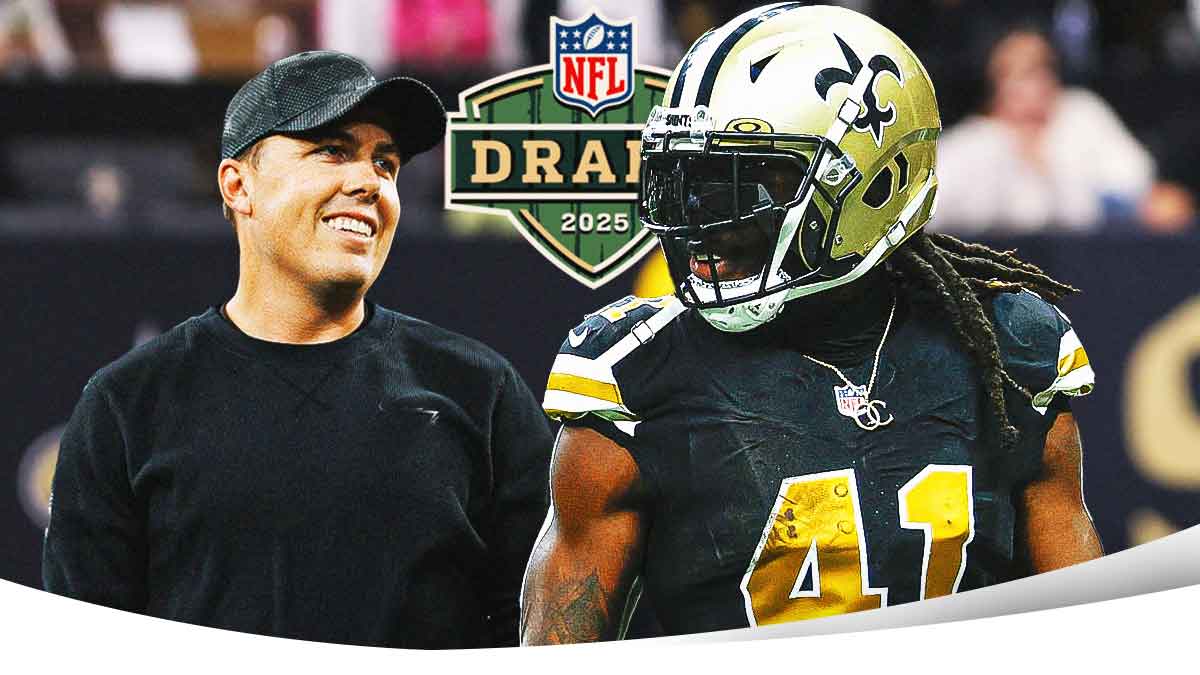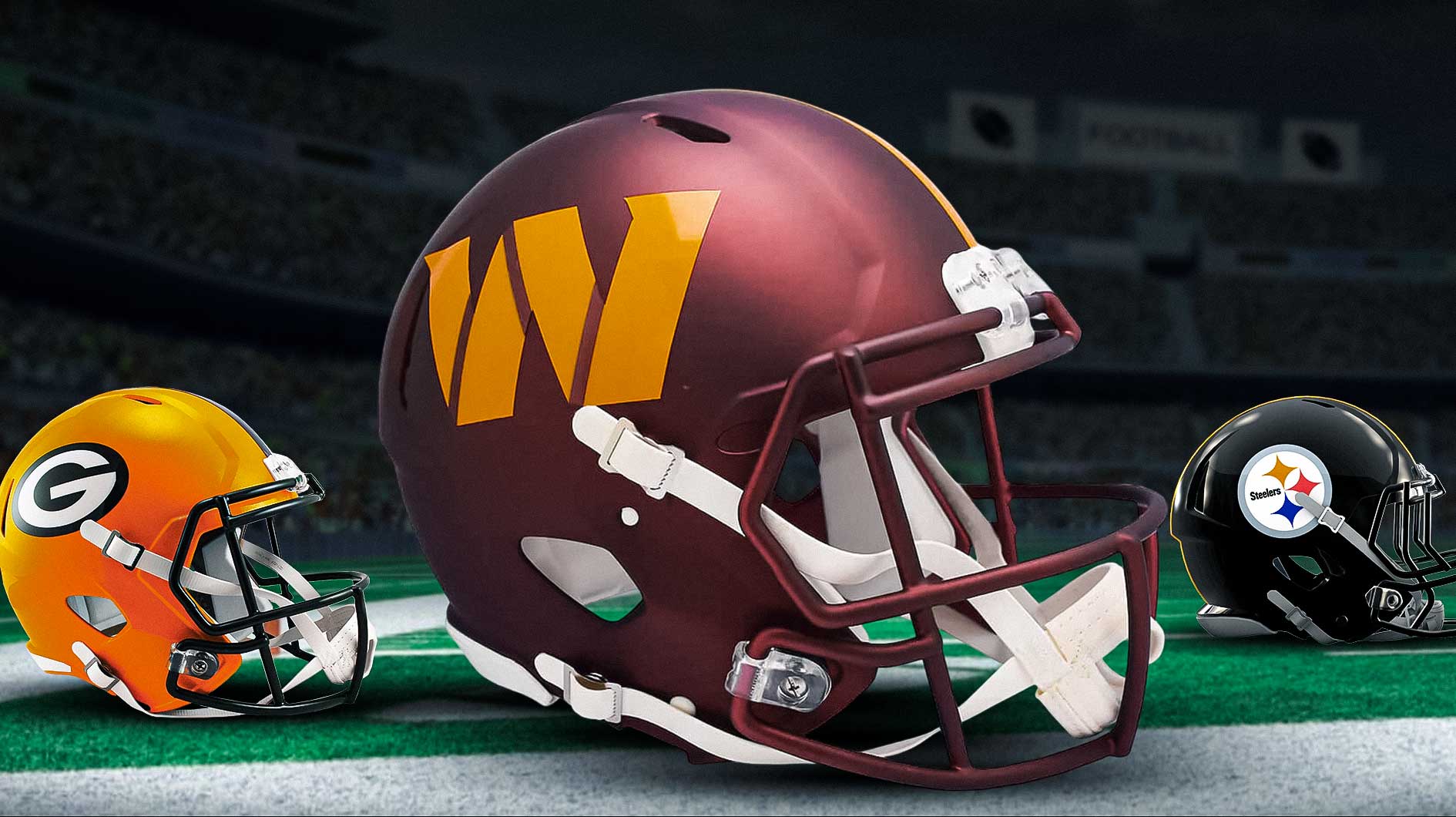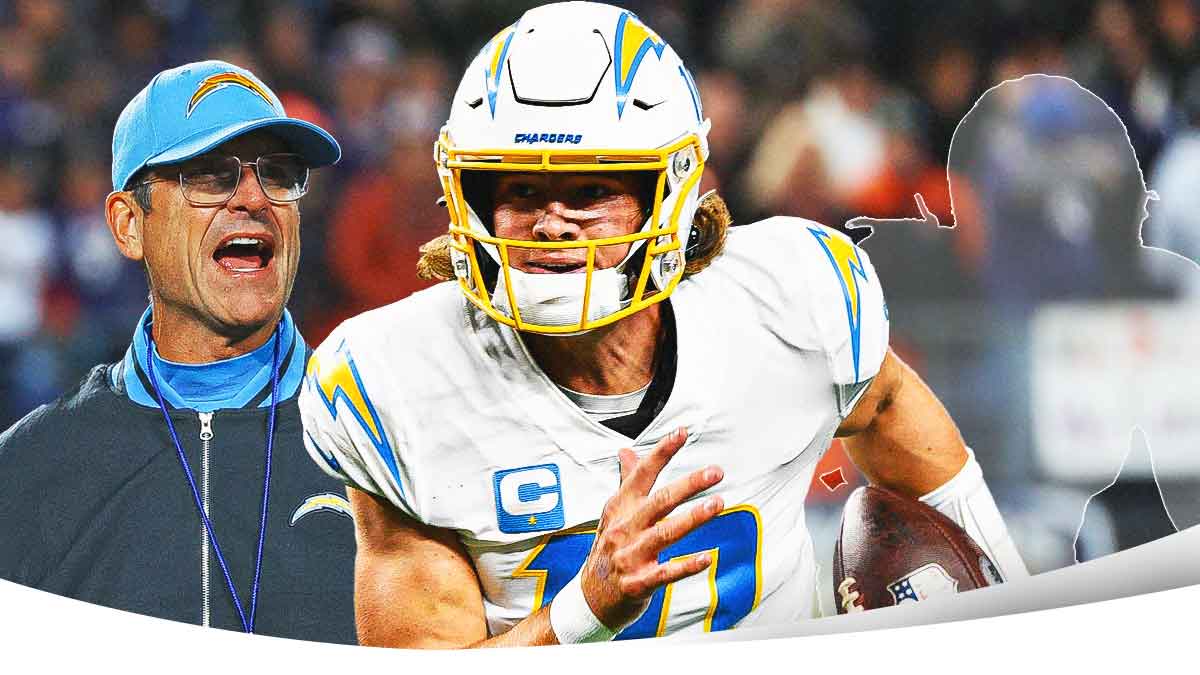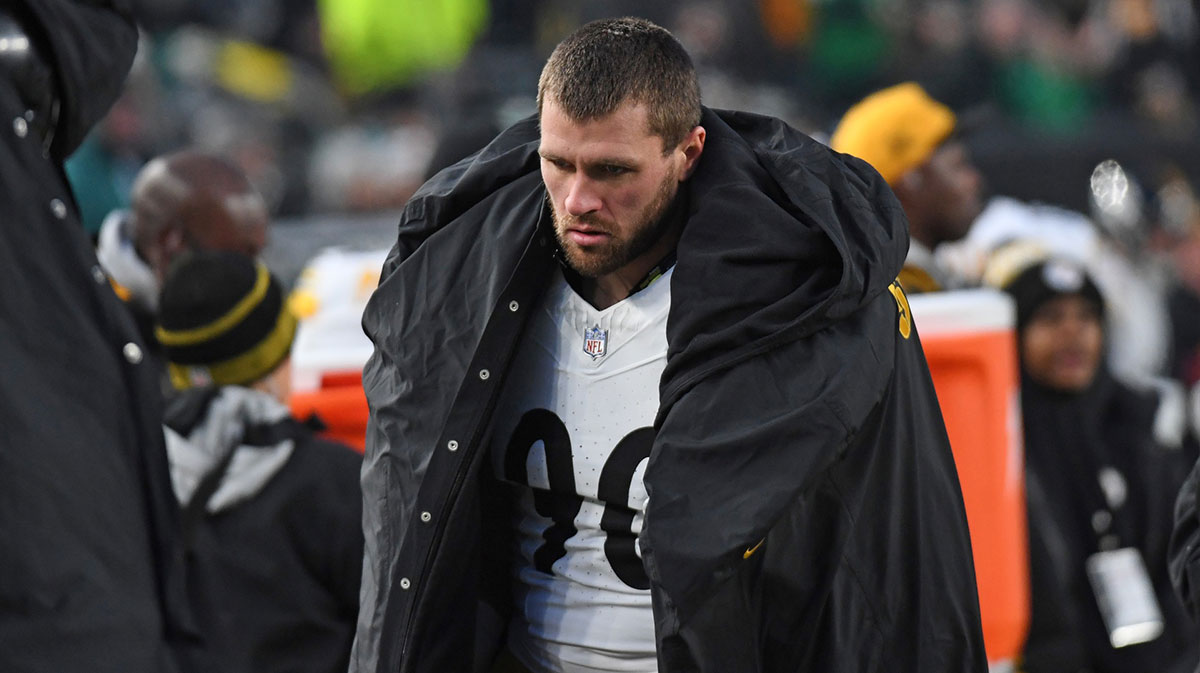Looking to mix things up, I'll be participating in a PPR fantasy football league for the first time this season after several years of playing in standard leagues.
There are many ways to be a successful fantasy football drafter. Some players like drafting a quarterback and tight end early. Others like drafting as many quality flex players early and waiting until very late to snag a QB (including yours truly). And then there are those who believe taking a defense as early as the seventh round is a good idea.
While all of these strategies have been used by championship teams and can be effective if executed properly, what we all can agree on is that the fundamentally most important strategy for dominating draft day is understanding your league's rules and adapting better than your opponents.
With this is mind, I took ESPN's top 200 list for both PPR and standard scoring and developed a system to measure how a player's value is inflated or deflated by the PPR component. I took each player's standard ranking and subtracted it from his PPR ranking to develop a PPR score for each player. Positive scores indicate that the player is more valuable in PPR and a negative score indicating he is less valuable. For example, Jeremy Maclin was ranked 74th overall in PPR but only 88th in standard, giving him a score of +14.
It does not really matter that I disagree with the rankings of some players on ESPN's list since this exercise is not meant to gauge a player's value against other players, but rather his value in our league (PPR) against his common value (standard).
This is essential to understand since at best most of your opponents will at best have a very basic understanding of how to adjust to PPR scoring. It's possible they'll know some extreme examples such as LeGarrette Blount need to be downgraded and Danny Woodhead needs to be upgraded, but they won't know how large of an adjustment needs to be made. Furthermore, even the strongest players often use their platform's in draft default rankings as a crux at some point during the draft and at least at ESPN they do not adjust these rankings for PPR drafts.
So without further ado, here is the complete list of how each flex eligible player in the top 200 in impacted by PPR.
This list can be used as a basic guide for helping you navigate your PPR draft. However, there are two major topics regarding the list that I want to address
Quarterbacks, Defenses and Kickers are always less valuable in PPR
If you think about it, this is perfectly reasonable since none of these three positions catch passes regularly, while running backs and receivers do. For this reason, I did not include these positions in my analysis, since the way you should rank players at the same positions is identical to how you should approach a typical standard league and they should be deflated relative to the entire player universe.
As a typical rule, while you should probably draft your defense and kicker in the last two rounds in standard, you definitely should uphold this in PPR, and I'd draft quarterbacks around 10 picks (or one round) later than I would in standard.
This list has some clear mistakes on some players
Look, ranking two hundred players twice is very time consuming and difficult, but there were some flex scores that made little to no sense to me and I wanted to discuss these players here so you are not led astray. I'll start with a pair of rookie running backs, Joe Mixon (-15) of the Bengals and Christian McCaffrey (-5) of the Panthers, both who have no business sporting negative scores.
It remains to be seen how prominent Mixon will be in the passing game, but we know Jeremy Hill won't be catching many balls this year. Mixon has been so impressive in camp thus far that he has a good chance to supplant Giovani Bernard as the pass catching back in the offense.
Last year Bernard caught 39 balls in only 10 games, indicating that there is a monstrous role in the receiving game to be had for running backs. Even if Cincinnati goes with a three man rotation, Mixon has a good chance to catch three balls a game, and if Bernard suffers an injury at some point, the potential upside is immense. Given the crowded nature of this backfield, expectations should be somewhat tempered, but Mixon's potential role should have earned him at least an even score.
Meanwhile, McCaffrey averaged 3.28 receptions per game over his last two seasons with the Stanford Cardinal, and unlike Mixon, he does not have another pass catching back to compete for opportunities with given that Jonathan Stewart only caught eight passes last year. I think McCaffrey has a good chance to catch four balls per game and should have a score of around +7-8 instead of -5.
Quick Hitters:
-It makes little sense that Tyreek Hill was given a score of +5 while teammate Travis Kelce was given a -5 score. With no other proven pass catchers on the roster, I expect both players to be targeted often and enjoy a healthy plus score.
-Yes, Derrick Henry isn't going to catch many balls at all, so I understand his -18 score. However, his real value in fantasy is as a potential RB1 in the case of a Demarco Murray injury; not his stand alone value. With this is mind, I would only downgrade Henry minimally.
-I'd downgrade Eddie Lacy even more than -5, as he'd be lucky catch 20 passes all year. = In his last fully healthy season of 2015, playing in one of the most pass heavy offenses in the league, Lacy only caught 20 balls in 15 games as a workhorse back in Green Bay. Now, he heads to a much more conservative offense in Seattle where he will be splitting time with two proficient pass catchers in C.J. Prosise and Thomas Rawls. I'd pass on Lacy in PPR formats.

